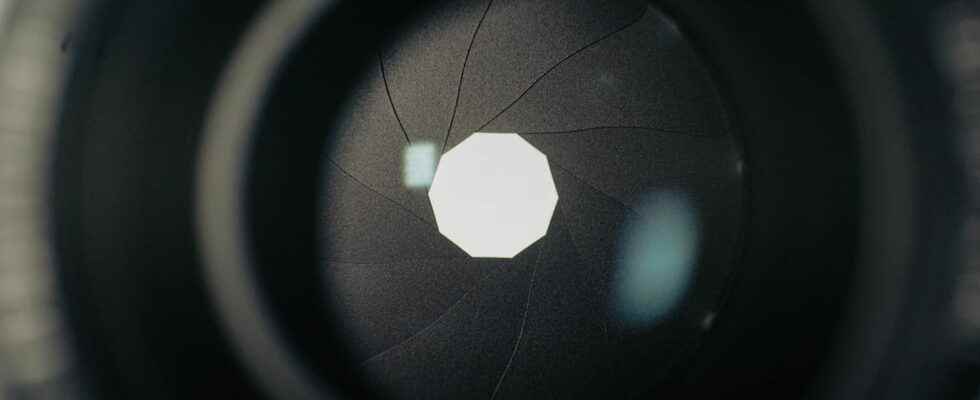LG has just presented a telephoto module equipped with a real optical zoom offering a magnification of x4 to x9 without digital processing. A technological feat that could well revolutionize photography on smartphones from 2023.
LG returns to the forefront of telephony. And with great fanfare! If the Korean manufacturer stopped marketing smartphones under its own brand in 2021, it nevertheless continues to produce components for certain devices – Apple is also one of its biggest customers… And in 2023, it is on the mobile photo sector, via its subsidiary LG Innotek, that it could impose itself, by becoming a major player alongside Sony, Samsung and Omnivision. In fact, the company has just announced a very promising new camera module called the Optical Zoom Camera which, as its name suggests, will offer an optical zoom of between x4 to x9 on its own. If the sensor lives up to its promises, it could represent a game-changing breakthrough, especially as photo capabilities are one of the biggest selling points in the smartphone market. Moreover, the latest models released have all greatly increased their number of telephoto lenses and the size of their cameras in order to obtain better image quality. We will have to wait for CES in Las Vegas, which will open its doors on January 5, 2023, to discover the main characteristics of LG’s new jewel.
Optical Zoom Camera: zoom without losing quality
On most current mobiles, zooming is done in two ways. The first technique is digital zoom, which means that the camera lens image sensor crops the image it sees and zooms in on the subject, reducing resolution and results in more pixelated, and therefore poor quality, images. The second technique consists of switching to another photo module – which is why manufacturers multiply them on the back of smartphones – while digitally enlarging the image to fill the focal ranges between the two sensors. Problem: here again, the quality of the image is degraded. This does not prevent some high-end smartphones from having frankly impressive zooms. For example, the Samsung Galaxy S22 Ultra has a main sensor of 108 megapixels with optical stabilization to which is added a laser autofocus, an ultra wide-angle in 12 megapixels and two telephoto lenses in 10 megapixels. It is thanks to the latter that this smartphone benefits from two fixed zooms 3x and 10x and even a Space zoom 100x (digital). But most of the time, the devices do not really move the lenses of their objectives, they just switch to a sensor with a higher focal length, but still fixed.
To solve this problem of multiplication of sensors and loss of quality, LG is betting on a sliding optical zoom from x4 to x9 similar to those that can be found in a mirrorless camera or a digital SLR, and which allows get immediate focus on the subject, without going through the digital zoom. The manufacturer promises great precision for each image taken, whether in photo or video. “The zoom actuator developed by LG Innotek not only offers higher precision than existing components, but also high movement speed and high durability, while consuming less battery power. LG Innotek’s zoom actuator is also features control technology to move the lens precisely in micrometers (㎛, 1m per 1 million)”, he explains in his press release. Finally, the module will benefit from an integrated optical image stabilizer to reduce camera shake, which is a recurring problem with telephoto lenses when used without a tripod. On the other hand, we still do not know the focal opening of the zoom – for the brightness – and the size of the sensor.
Optical Zoom Camera: space saving and better optimization
One of the disadvantages with the usual photo modules is that they take up more and more space on the back of the smartphone – just look at the sensors of the iPhone 14 Pro Max – and are increasingly more numerous – we could see up to five lenses on the same device! The camera blocks end up being so wide and thick that they sometimes unbalance the phone when you hold it in your hand, not to mention the design and the weight. LG’s new sensor would provide an excellent zoom while maintaining a flat back, without protrusions, and manufacturers could use this space saving to integrate a larger battery or insert other components. Sony had already tried it with the optical zoom of its Xperia 1 IV, which offered a sliding focal range from 85 to 125 mm, without resorting to digital zoom – however, the result was inconclusive at night.
On the contrary, the new LG Innotek photo module can be offered to all smartphone manufacturers, unlike Sony, which keeps its own for its devices only. The firm also indicates that it has worked closely with Qualcomm, so that the photo sensor is fully compatible with the Qualcomm Snapdragon 8 Gen 2, the new and powerful SoC that can be found in particular on the future Xiaomi 13 and perhaps on the Samsung Galaxy S23, OnePlus 11 and iPhone 15 – especially since Apple is a customer of LG Innotek. A wise choice given that the photo module does not do everything to get a quality photo. “This will enhance the custom picture setting for optics, which includes autofocus, auto exposure, auto white balance, lens shading correction and more. users will be able to focus quickly. And stills and movies will have superb image quality.”, he explains. We now have to wait for CES to see if the Optical Zoom Camera will keep its promises and which will be the first smartphones to be equipped with it.

